
Michael Blann/Digital Vision/Getty Images
Taking measurements can be a chore, but once you have them, size will no longer be a guessing game. This is especially true of dress shirts, which have their own unique sizing standards. Have a soft fabric measuring tape and a well-fitting shirt or helper on hand to ensure accuracy. When measuring any area, hold the measuring tape snug, but not so tight that it stands up away from the body. Always round your measurements up to the nearest half inch to get the best fit every time.
Neck Size
To decipher your neck size, have the person assisting you position the measuring tape just under the Adam's apple. Starting there, carefully wrap the measuring tape around the neck so that it is at the height where your neck and shoulders meet, or where a collar would be. Just make sure the measuring tape is not too loose or too tight around the neck. You can also take your favorite dress shirt and measure from the center of the button hole to the middle of the button on the opposite side of the collar. Standard and slim fit dress shirts often have a size run of 14 to 19 1/2 inches.
Arm Length
Most shirts are sized by neck and sleeve length, so arms are next. Stand up straight, look directly ahead, and find the largest vertebra at the base of the neck, or where a T-shirt collar hits. Start the measuring tape there with one hand on your hip. Have your helper carefully run the measuring tape from the neck to the shoulder, down the top of your bent arm and to the center of the wrist, level with your wrist bone. Repeat this method on the opposite arm, as measurements can differ from one arm to the next. You can also measure this on your favorite dress shirt laid flat. Most shirts range from a 32- to 38-inch sleeve length.
Chest and Shoulder Width
Find your chest width by wrapping the tape around the back and under the arms. With the tape comfortably in both armpits, stand tall with both arms at your sides. Have your helper pull the tape snugly around your chest. You can also double the measurement from armpit to armpit on your dress shirt. Get your shoulder stats by starting the tape at the back top point of your shoulder bone. Pull it across in a straight line to the same point on the other shoulder. Find this on your shirt by measuring one shoulder seam to the other. If these measurements are less than the standard sizing that accompanies your neck measurements, try a slim fit dress shirt.
Shirt Length
Standing up straight with arms at your sides, let your helper position the measuring tape at the center back of the neck, or where you started your sleeve measurement. Pull the tape straight down the back until you reach the desired length. If you plan to tuck the shirt in, measure all the way to the base of the buttocks. Take 2 inches off of that measurement for the perfect untucked length. Lay your dress shirt flat and measure from the base of the collar to the hemline for another option. If your standard shirt purchase based on neck and sleeve is too short, try a slim fit, as this will have a longer and leaner cut than a regular fit.
Related Articles

How to Measure Body Width

How to Measure Legs

How to Measure a Man's Suit Size

How to Read Measurements on a Dress ...

How to Take Center Back Body ...

What Is XXXL in Sizes?

How Can I Tell What Size Suit Jacket I ...

What Does Bust Size Mean?
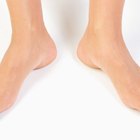
How to Measure Ankle Circumference
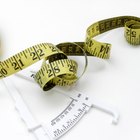
What Size Shirt Is a 4X for Men?

How to Size Boys' Clothes

How to Measure Your Pant Size in Juniors

How to Figure out the Size of a Suit by ...

How to Convert From Measurements to ...

How to Make T-shirt Sleeves Smaller

How to Measure a Waist

How to Measure Board Shorts
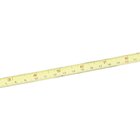
How to Measure Armpit to Armpit
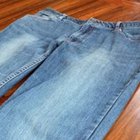
How to Measure Jeans' Rise, Inseam & ...
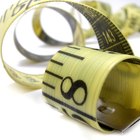
How to Measure Bust Size
References
Writer Bio
Marie Sporich is a SoCal native, classical ballerina and devoted Yogi. She holds an A.A. in product development and B.S. in business management from the Fashion Institute of Design and Merchandising. She has spent nearly 10 years in retail, is a published writer and certified wedding planner.
Photo Credits
Michael Blann/Digital Vision/Getty Images